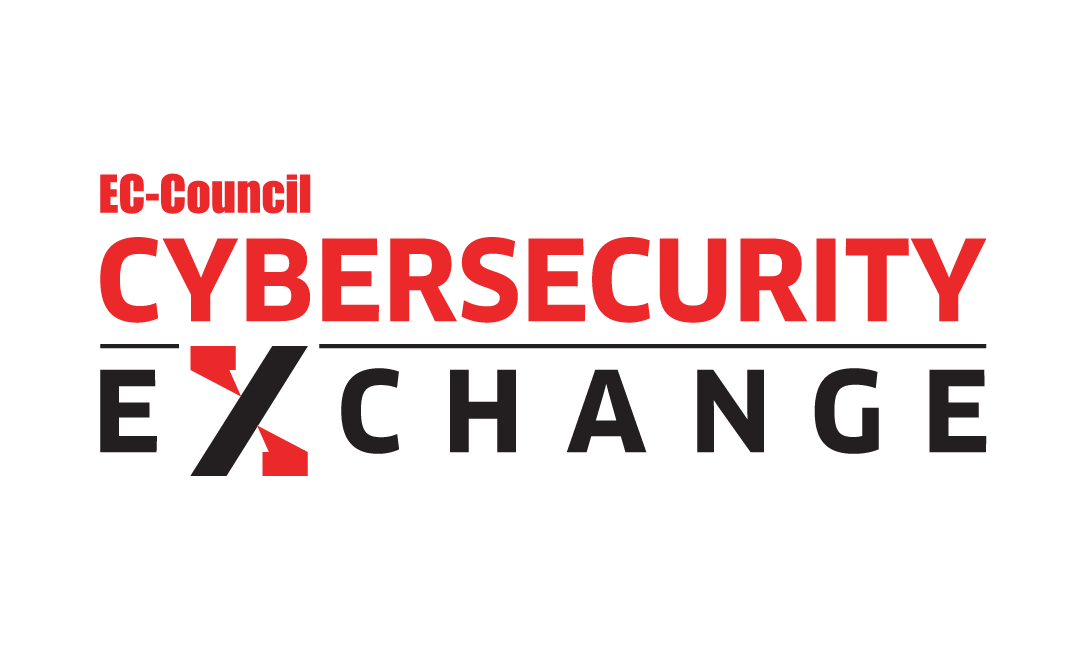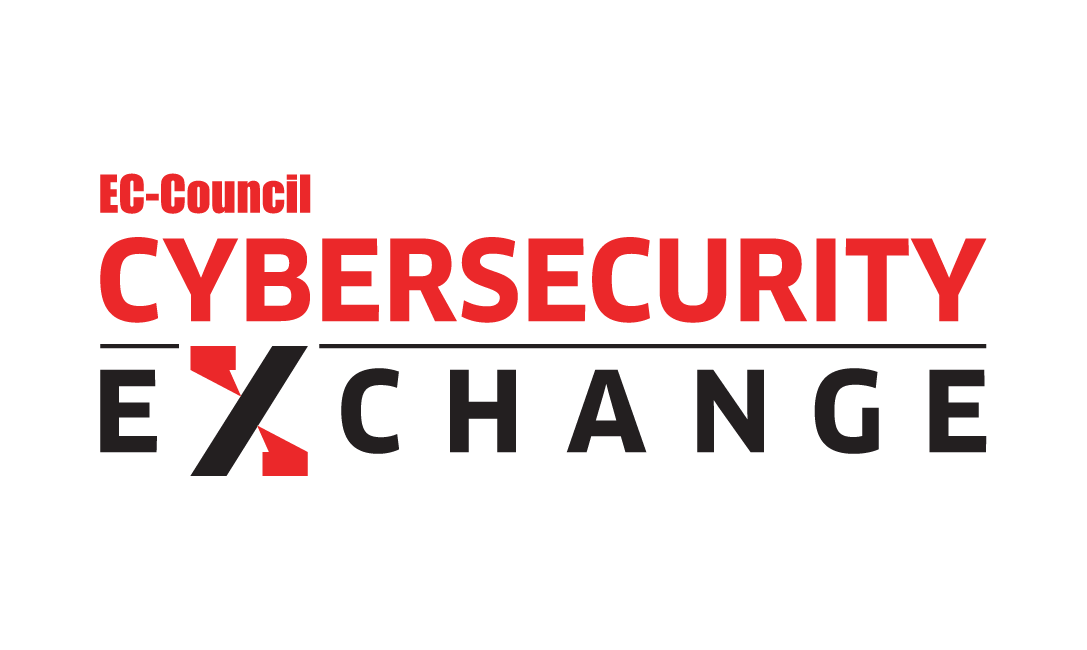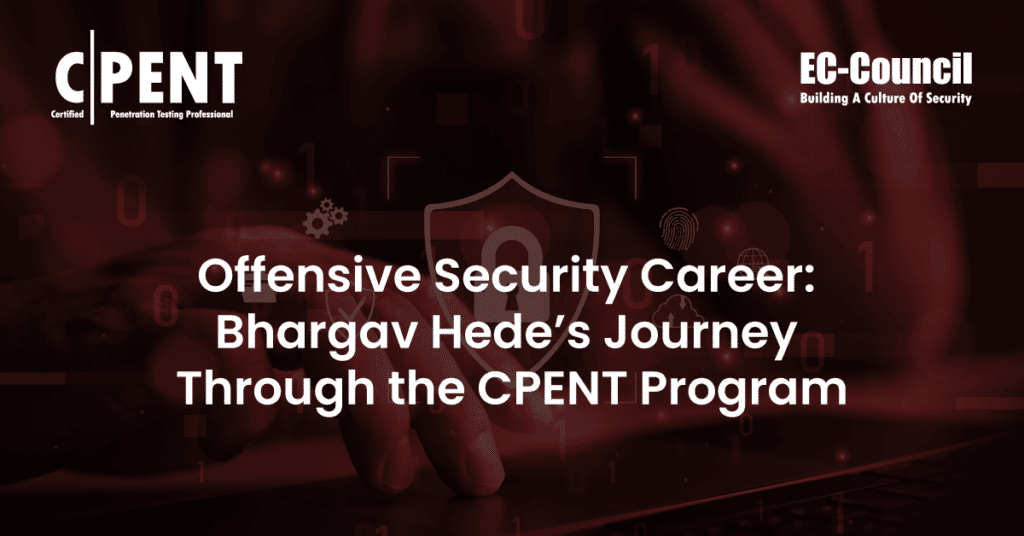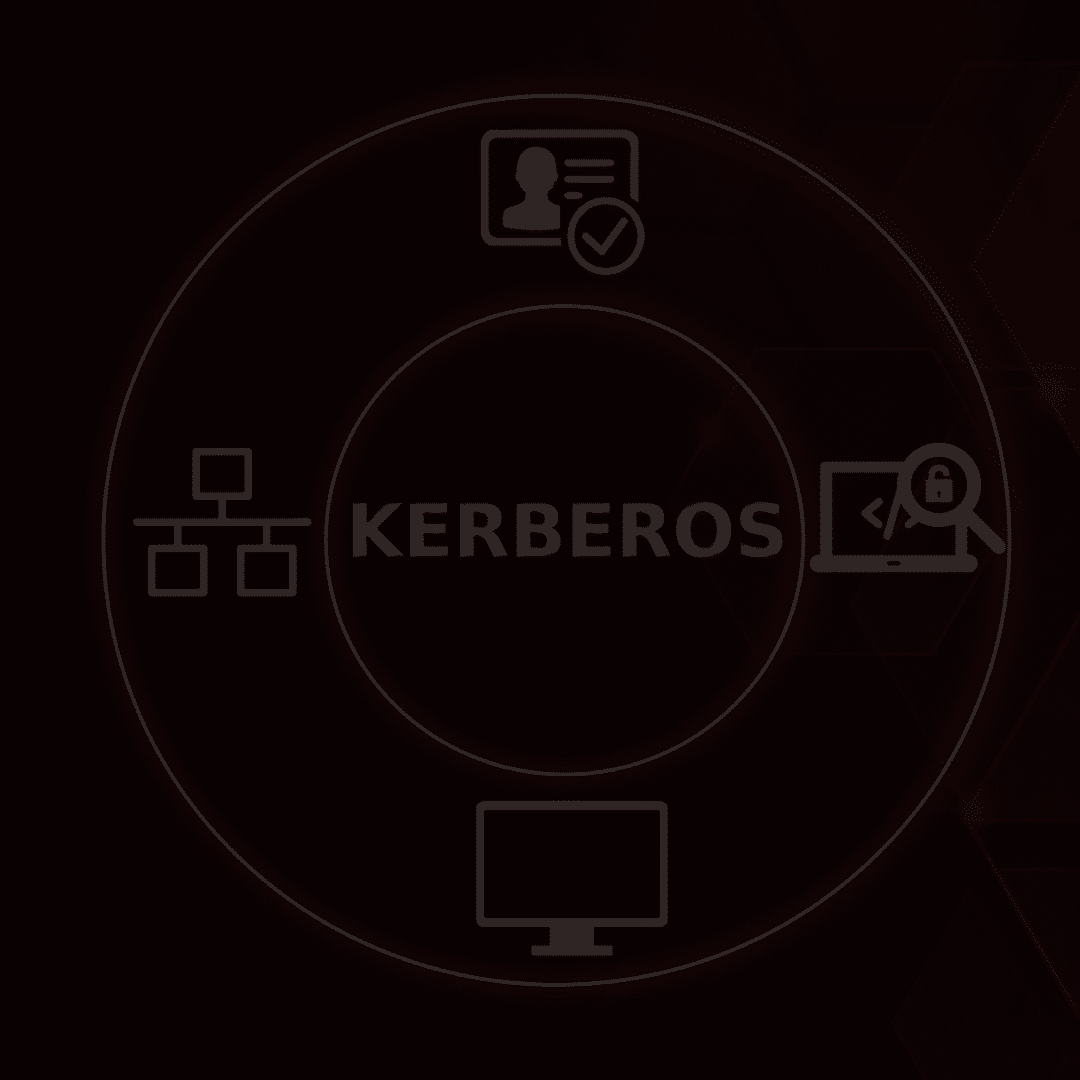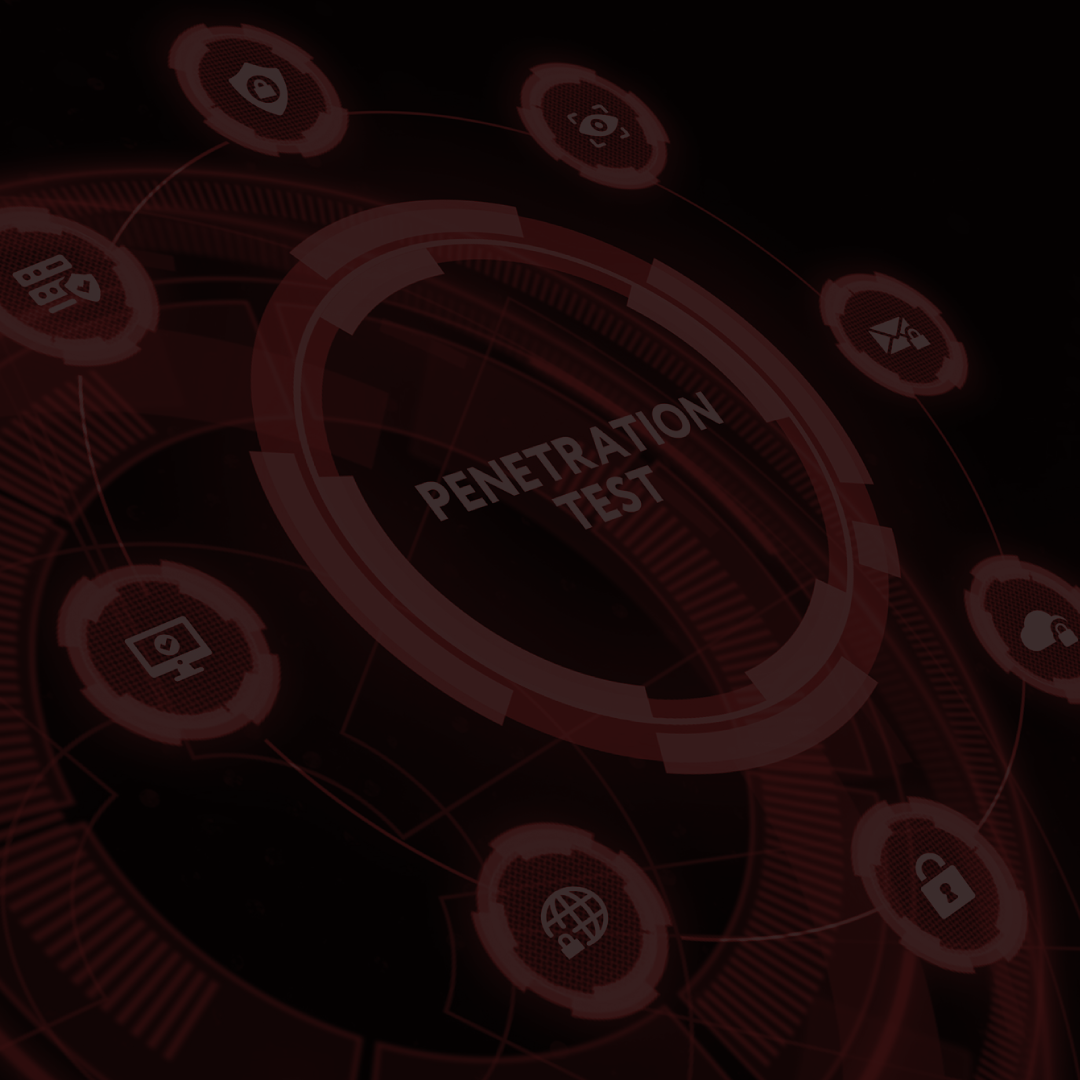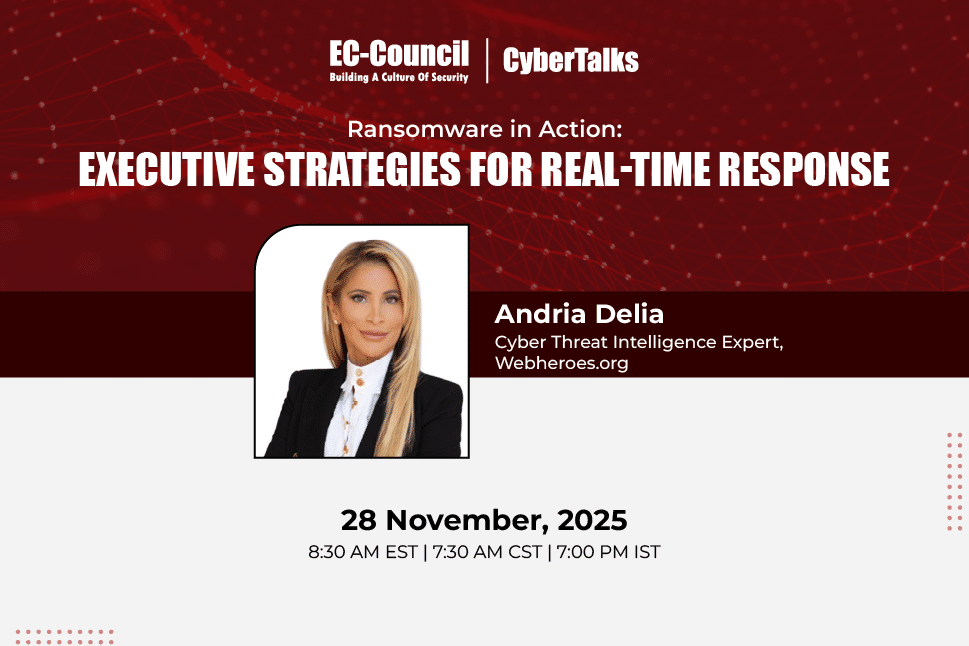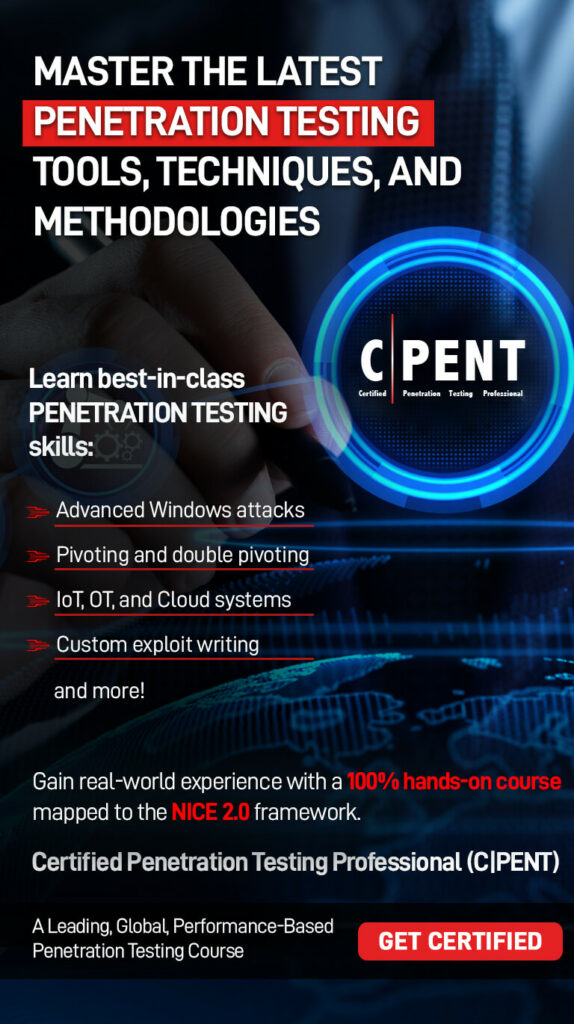The evolving threat landscape demands proactive security measures, highlighting the importance of penetration testing. To explore the value of hands-on experience in this field, EC-Council’s webinar team connected with Bhargav Hede, a CPENT-certified security professional. This blog captures his personal journey toward pursuing the Certified Penetration Testing Professional (CPENT) program, beginning with an early fascination with networks and progressing through formal training and real-world experience.
Bhargav states that the CPENT program by EC-Council offers an immersive, hands-on approach to ethical hacking and advanced penetration testing. He emphasizes that dedicated preparation—using EC-Council’s iLabs along with external platforms—enables candidates to tackle a wide range of advanced cybersecurity topics. The blog also delves into the challenges, unique features, and career impact of the CPENT certification, providing both insights and practical advice for aspiring professionals.
What drew your attention to the CPENT program, and how were you introduced to it?
Before I formally began my journey in cybersecurity and penetration testing, I already had a strong interest in networks. Back then, Wi-Fi and unlimited data weren’t as accessible, so we often experimented with Wi-Fi hacking—mainly just to get internet access.
My deeper dive into penetration testing started during my second or third year of college. Later, I joined Suma Soft, where my manager encouraged me to pursue certifications to strengthen my skills and advance professionally.
He explained that it was a hands-on, practical certification where you solve real-world challenges on machines and submit your findings without any theoretical questions.
After looking into it, I realized the CPENT course was exactly what I needed. Its practical approach and focus on real-world scenarios aligned perfectly with my learning goals, which is what ultimately drew me to the program.
Tell us about your experience preparing for and learning CPENT.
I began preparing for the CPENT exam around January or February 2022 and spent six to seven months in focused preparation. I committed roughly 20 hours each week, balancing my time between theory and practical work with a 40/60 study approach. About 40% of my time was spent reviewing lectures, taking notes, and researching specific modules in greater depth. The remaining 60% was dedicated to hands-on practice. For practical experience, I primarily used EC-Council’s iLabs.
To deepen my understanding of specific vulnerabilities, I supplemented my learning through exercises on platforms like TryHackMe and Hack The Box, which allowed me to explore similar labs and apply concepts in varied scenarios. This approach helped reinforce my skills and gave me exposure to different problem-solving techniques.
One of the biggest challenges I encountered was learning binary exploitation and Active Directory privilege escalation methods, including both pre-auth and post-auth techniques. These topics were new to me, especially as I was still early in my cybersecurity career. With limited resources available, I had to invest extra time in self-study and research to grasp them fully.
How difficult was the CPENT certification for you, and what was the hardest part of the exam?
The difficulty of the CPENT certification really depends on your existing skill set, hands-on experience, and how deeply you’ve prepared. For me, several topics—particularly IoT security, binary exploitation, and OT/SCADA systems—were completely new and required extra effort to understand. These areas posed significant challenges during my preparation.
One of the hardest parts of the exam was the Capture the Flag (CTF) challenges. They required a different mindset and problem-solving approach.
Tell us three things that you really liked about the CPENT program.
Secondly, the program presents real-world penetration testing scenarios.
Many of the “beauty” machines are designed to replicate systems you’d encounter in professional environments, making the challenges highly relevant and engaging.
Lastly, CPENT introduced me to advanced topics like IoT security and binary exploitation—areas I hadn’t explored before.
How was your lab experience in the CPENT program?
The CPENT program offers a diverse range of labs, including Windows Server 2008, 2012, and 2016, along with both 32-bit and 64-bit Linux systems. These environments provided a realistic platform to explore and exploit various vulnerabilities across different operating systems.
Did the CPENT credential benefit your career? If so, how?
The CPENT certification has been a valuable asset to my career. It greatly enhanced my skills, particularly in emerging areas like IoT, which is in high demand in cybersecurity today. Gaining expertise in this field gave me a significant edge.
How would you compare the CPENT program with similar programs in the market?
The former certifications are more beginner-oriented, providing a foundational understanding, while CPENT covers advanced topics in penetration testing.
When compared to the OSCP, CPENT is similarly challenging in terms of difficulty and content. Both certifications are hands-on and require strong problem-solving skills and practical experience. In many ways, CPENT and OSCP can be seen as direct competitors at the intermediate-to-advanced level in penetration testing.
What advice would you give someone preparing to take the CPENT exam?
Start by building a strong foundation in networking, as understanding how networks and protocols function is crucial for cybersecurity and the CPENT exam.
Next, ensure you’re clear on key topics like binary exploitation, IoT security, and OT systems. These topics are critical in the exam, and mastering them will help you solve challenges more effectively.
Practice is essential. Make the most of iLabs and regularly use platforms like TryHackMe and Hack The Box. If possible, set up your own lab with downloadable machines from VulnHub to experiment with different exploitation techniques.
